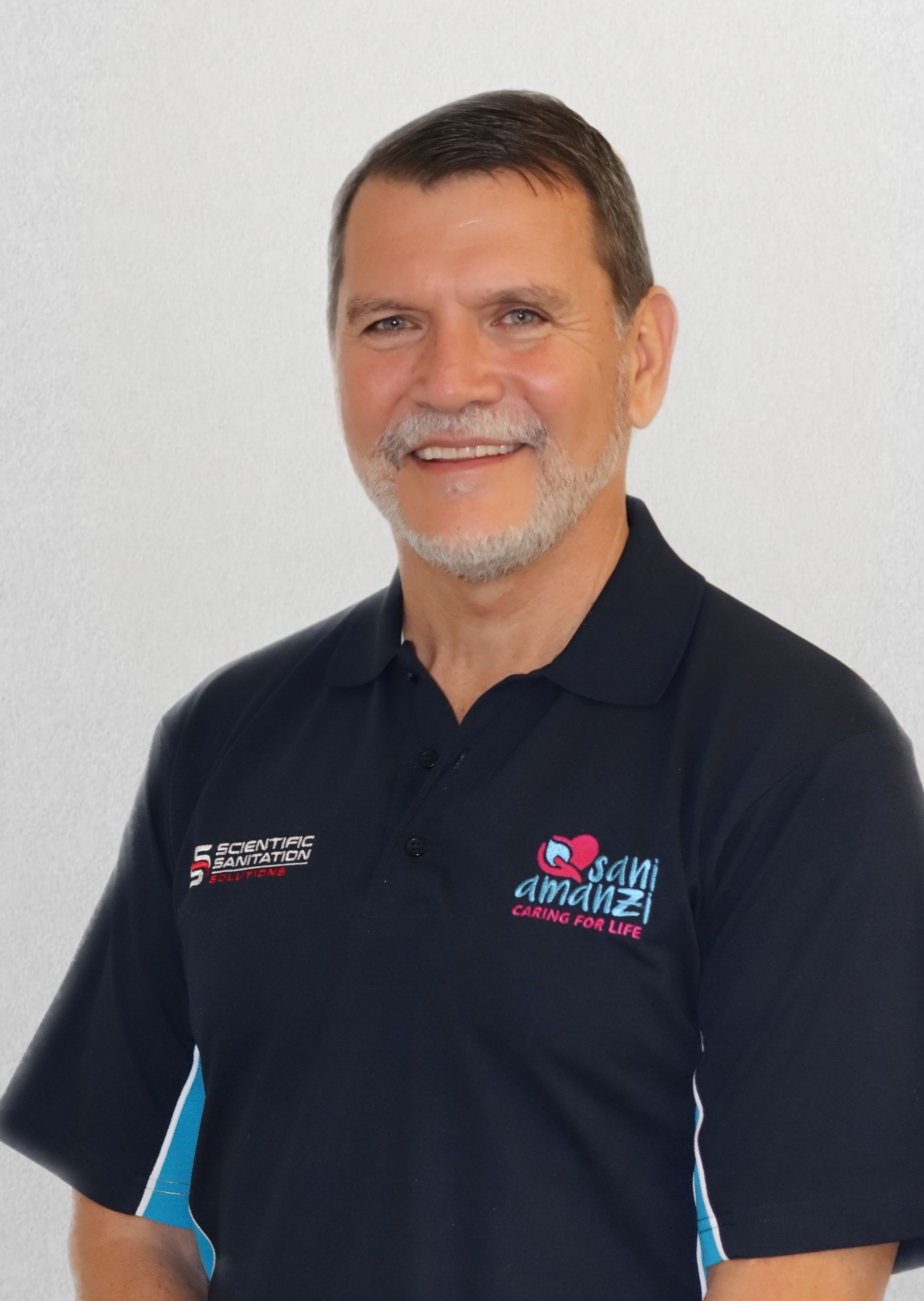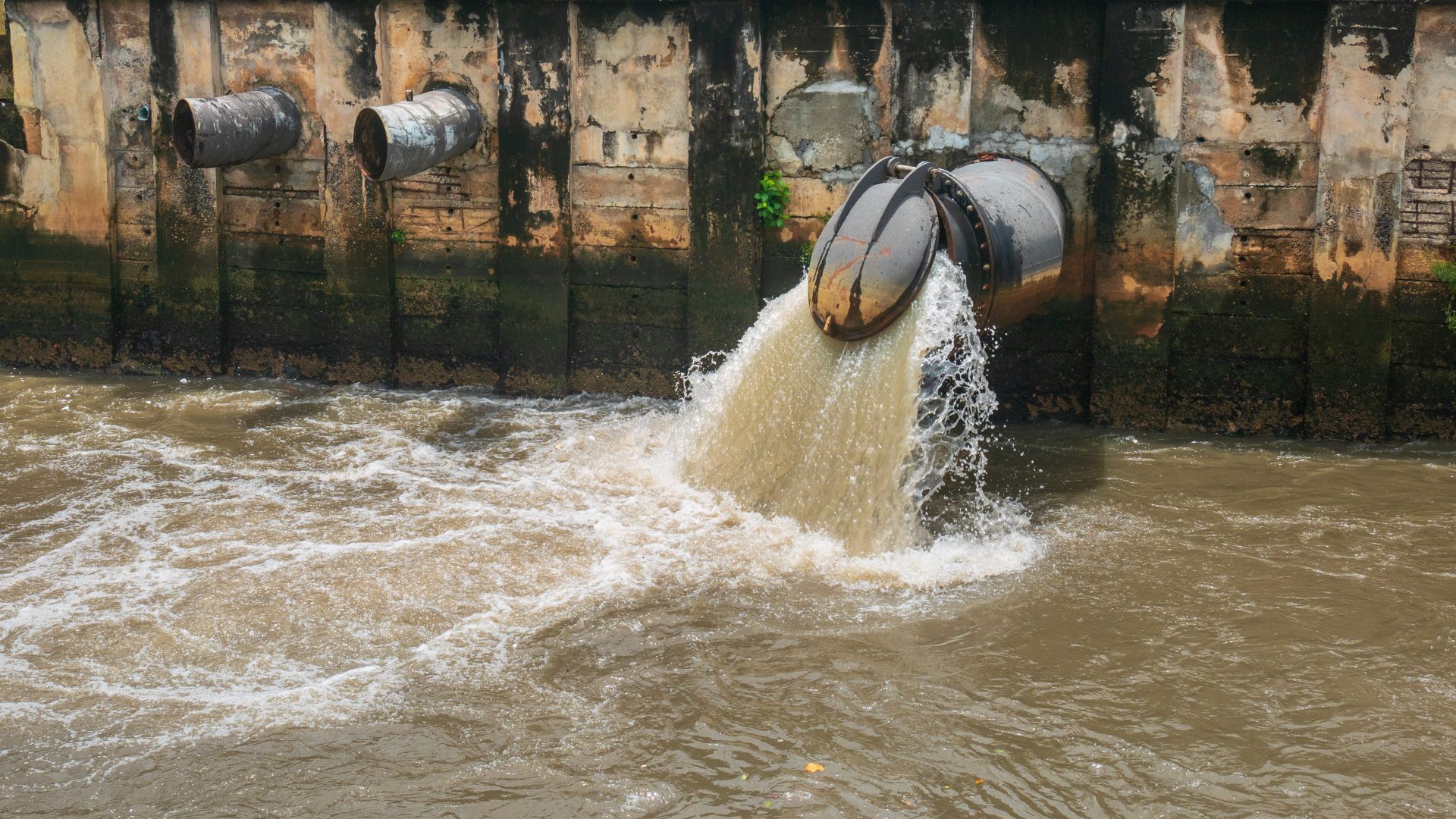
In England, water companies have apologised for repeated sewage spills as public anger grows against the industry. To deal with this situation, water companies in England have pledged to invest £10bn this decade into investment plans to modernise sewers and reduce spills of overflowing sewage into England’s waterways.
However, there are new ways of treating sewage water that are now coming online, as Scientific Sanitation Solutions (Scisan), managing director, Victor Adendorff, explains.
Environment Agency figures earlier this year showed there were a total of 301,091 sewage spills in 2022, an average of 824 a day. Industry body Water UK said the £10bn investment in sewage modernisation will cut the number of overflow incidents by up to 140,000 each year by 2030, compared with 2020.
The spending on more than 350,000 miles of sewer comes on top of the current £3.1bn being spent between 2020 and 2025. However, this investment is almost exclusively around new facilities built to hold surges in rainwater, increased capacity for sewage treatment works, measures to reduce rainfall entering sewers and fixing misconnected pipes from properties.
It is also true that while shareholders in water companies will initially fund the investments, the costs will be recouped from customers through unspecified increases in their bills determined by regulators, in a move which threatens to add further pressure to household costs.
Proper management and treatment of sewage is therefore crucial to protect the health of water ecosystems and ensure the well-being of both humans and wildlife and reduce costs for both customers and water companies more generally.
When we look at why sewage pollution happens, it tends to occur when untreated or poorly treated wastewater is discharged into rivers and water bodies due to an increasing population density, urbanisation, and aging sewage infrastructure that have put a strain on the existing systems, leading to occasional overflows and leaks. Moreover, heavy rainfall events, particularly during winter months, can overwhelm sewage treatment plants, resulting in the discharge of untreated sewage into rivers.
The consequences of sewage pollution on river ecosystems are severe. The discharge of untreated wastewater introduces a range of pollutants, including nutrients, organic matter, pathogens, and chemical contaminants, into the aquatic environment. These pollutants can cause eutrophication, leading to the excessive growth of algae and aquatic plants, which depletes oxygen levels and harms fish and other aquatic organisms. Additionally, pathogens present in sewage can pose a significant risk to human health if rivers are used for recreational activities such as swimming or fishing.
Effective sewage treatment is essential to mitigate the environmental and public health risks associated with sewage pollution. Proper treatment processes remove or reduce harmful substances in wastewater before it is discharged back into the environment. By implementing robust treatment methods, the following benefits can be achieved.
Adequate treatment of sewage ensures that harmful pollutants are removed, minimising the negative impact on river ecosystems. Advanced treatment technologies, such as the products that Scisan produces, can effectively remove nutrients, organic matter, and contaminants, reducing the risk of eutrophication and maintaining a healthy balance in aquatic ecosystems.
Moreover, treating sewage helps safeguard public health by removing pathogens and harmful microorganisms. By ensuring that treated wastewater meets stringent water quality standards, the risk of waterborne diseases for individuals engaging in recreational activities or consuming water from rivers is significantly reduced.
Sewage treatment can also contribute to sustainable resource management. Treated wastewater, when properly treated and disinfected, can be reused for various non-potable purposes such as irrigation, industrial processes, and replenishing groundwater reserves. This reduces the strain on freshwater resources and promotes a more circular and sustainable approach to water management.
To address the issue of sewage pollution in UK rivers, concerted efforts are required at multiple levels.
Investing in the upgrade and maintenance of sewage treatment plants and sewage networks is crucial. This includes improving capacity, enhancing treatment processes, and implementing modern technologies to handle fluctuations in flow and rainfall events. There needs to be a greater investment in sewage treatment not just better methods to reduce overflows as part of a more dynamic approach to solving our water crisis.
Strengthening and enforcing regulations pertaining to sewage treatment is essential. Strict monitoring, regular inspections, and penalties for non-compliance can incentivise wastewater treatment facilities to consistently meet environmental standards.
Raising public awareness about the importance of responsible water usage and the consequences of sewage pollution is vital. Educating individuals about proper disposal practices, reducing water consumption, and supporting initiatives for water conservation can contribute to mitigating sewage pollution.
There are also other ways water companies can get better results and treat sewage more effectively, transforming sewage water into pure, clean drinkable water. Scisan’s SANI AMANZI™ for example treats dirty sewage water and can ensure it can be purified and drinkable within 30 minutes. The removal of unwanted contaminants through a flocculation and coagulation process, results in safe drinking water and we believe this new invention could revolutionise the ways in which we treat water around the world, including in the UK.
Treating sewage at source is part of the solution, and water companies and the government should take note. At Scisan, we are working with key utilities companies in the UK, Pakistan, and the Nordics around grand scale purification of sewage, and for example, the removal of nitrogen from treatment plants. This is all about purification of sewage at source instead of taking piecemeal sewage prevention measures which will not solve the whole equation.
Fixing pipes is one thing, but in the future the UK and many other countries around the world will have to use scarce water more efficiently, due to the effects of climate change. Treatment of water will be needed not just better sewers – in short, we need to purify the water we have not just get sewage from A to B without it overflowing.
Sewage pollution in UK rivers poses significant risks to the environment and public health. Implementing effective sewage treatment methods is crucial to protect water ecosystems, ensure the safety of recreational activities, and promote sustainable water resource management. By investing in infrastructure and new sewage treatment solutions, enforcing regulations, and increasing public awareness we can make progress in solving our water crisis.
In conclusion, we need to think of better and new innovative sewage treatment techniques as part of the solution, not just better sewers on their own. Innovation is needed to treat contaminated water and improve existing water treatment processes as well as make better use of increasingly scarce water. Through using new technologies and innovations, water companies can better beat the sewage crisis.
Real Life Case Studies
We are working on purifying systems which have been in development for the past two years specifically designed for African communities, although this application has become more transparent to all communities that have water contamination problems, and the UK could also utilise this technology. This system is designed to collect contaminated water, then is dosed with our very own SANI AMANZI and agitated with a propellor mechanism or aerator to create kinetic energy. The normal 30min waiting period is then waited out to give ample time for the chemicals to disinfect and the flocculation process to finalise.
In Pakistan, we are working on tanking systems which have a cone bottom with a sludge valve to allow sludge, from the flocculation and coagulation process, to be siphoned off. Once all sludge has been drained off, another outlet can be opened which will push the remaining water through a filter into a reservoir tank. From this tank, water can be distributed to private homes, water tanks and bottling facilities. Water companies, therefore, could treat sewage better by using this new emerging technology.
In Norway, the goal is primarily to remove the nitrogen from the water via a solution for existing treatment plants. This does not necessarily mean new processes but a key product that is suitable for treatment plants and that can remove the nitrogen from the water. The two products that meet this criterion is SANI AMANZI, which will sanitise and clean the water, and/or Sci-Floc, which will only remove the contaminants from the water without necessarily sanitising the water. SANI AMANZI can easily be used with existing treatment plants if the existing plants have dosage systems suitable for solids. This could also apply to UK water treatment plants.
Most treatment plants use liquid dosage systems as the main chemicals for their treatment is chlorine and alum. SANI AMANZI will sanitise the water, which is not necessarily needed for this application, but will also remove dissolved solids, nutrients and heavy metals from the contaminated body of water. Sci-Floc can also be used with water treatment plants that has existing dosage systems suitable for solids. Sci-Floc is solely used as flocculating and coagulating product designed to remove dissolved solids, nutrients, heavy metals and organic material from contaminated water bodies. Sci-Floc has been successfully tested to remove benzene from water. Sci-Floc does not contain any active ingredients that serve the function of a sanitiser, although removing suspended colloids from the water has shown to lower the amount of contamination. We are taking forward this work with Norway to remove nitrogen and other contaminants from their water supply.



